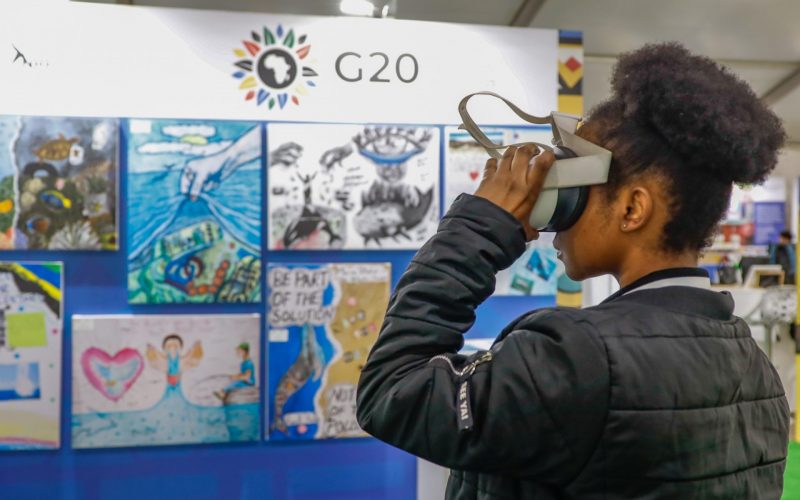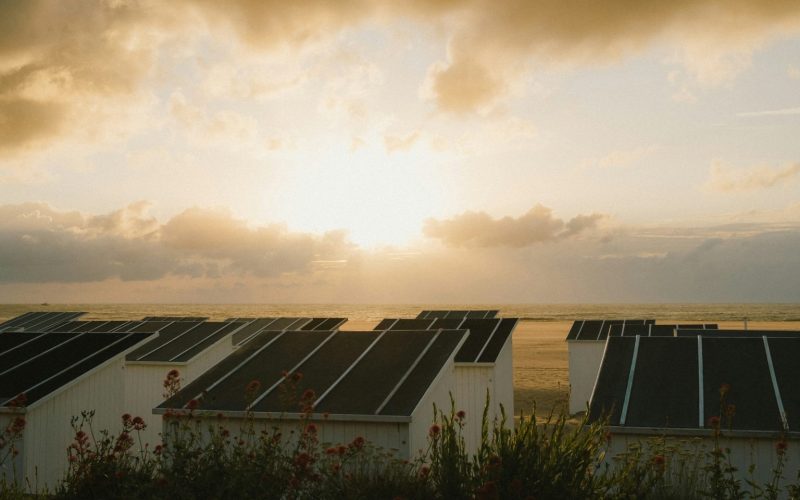Introduction
Green technology, also known as sustainable or clean technology, refers to innovations that reduce environmental harm through efficient and ecologically responsible processes, products and services. These technologies help lower greenhouse gas emissions, conserve natural resources and limit ecological degradation. While the term includes a range of applications, from carbon capture and battery storage to electric mobility and green hydrogen, this paper focuses on solar photovoltaic (PV) and onshore wind energy. These two technologies dominate current global deployment trends and feature prominently in decarbonisation strategies.
Solar and wind power play central roles in reducing dependence on fossil fuels. In the International Energy Agency’s Net Zero Emissions by 2050 Scenario, they are projected to generate nearly 70% of the world’s electricity by mid-century. Solar energy is widely available; solar PV cells convert sunlight directly into electricity. Wind arises from solar-induced atmospheric pressure differences and its energy can be captured through turbines. These technologies underpin the reconfiguration of national energy systems.
Although falling costs have encouraged adoption, market forces alone have not driven the expansion of renewable energy. Research shows that industrial policy has enabled scaling in countries such as China, Germany and India.1Mariana Mazzucato and Gregor Semieniuk, “Public Financing of Innovation: New Questions,” Oxford Review of Economic Policy 33, no. 1 (2017): 24. In developing economies, renewable transitions raise complex distributional challenges. These include economic risks to coal-dependent regions and concerns that renewables do not deliver equivalent local benefits when technologies are imported and job creation is limited. In Brazil and South Africa, public criticism often centres on insufficient knowledge transfer, limited local manufacturing and weak skills development.2Krish Chetty et al., “Fostering a Just Energy Transition: Lessons from South Africa’s Renewable Energy Independent Power Producer Procurement Programme,” South African Journal of International Affairs 30, no. 2 (2023): 225. In these contexts, expanding solar or wind energy may displace coal-based employment, especially in South Africa, but generate few local jobs unless policies foster domestic production and supporting ecosystems.3HR Bohlmann, JA Bohlmann, and M Chitiga-Mabugu, “Just Energy Transition of South Africa in a Post-COVID Era,” Sustainability 15, no. 14 (2023): 10854.
Nobel Economic Sciences laureate Daron Acemoglu and his co-authors argue that governments must guide innovation toward cleaner technologies through targeted policy interventions such as a combination of taxes on dirty technologies and subsidies towards clean technologies. Market mechanisms alone will not displace entrenched high-emission systems.4Daron Acemoglu et al., “Transition to Clean Technology,” Journal of Political Economy 124, no. 1 (2016): 52. Scholar Dani Rodrik similarly contends that the renewed global interest in industrial policy must align with inclusive and low-carbon development objectives, particularly in lower-income economies.5Dani Rodrik, “Green Industrial Policy,” Oxford Review of Economic Policy 30, no. 3 (2014): 469. These perspectives underscore the importance of policy design in shaping equitable energy transitions.
In partnership with the South African BRICS Think Tank and the National Institute for the Humanities and Social Sciences, the South African Institute of International Affairs (SAIIA) has initiated a research project entitled “BRICS Shaping Economic Cooperation for Green Growth, Development and the Just Transition: Partnership between Brazil and South Africa”









